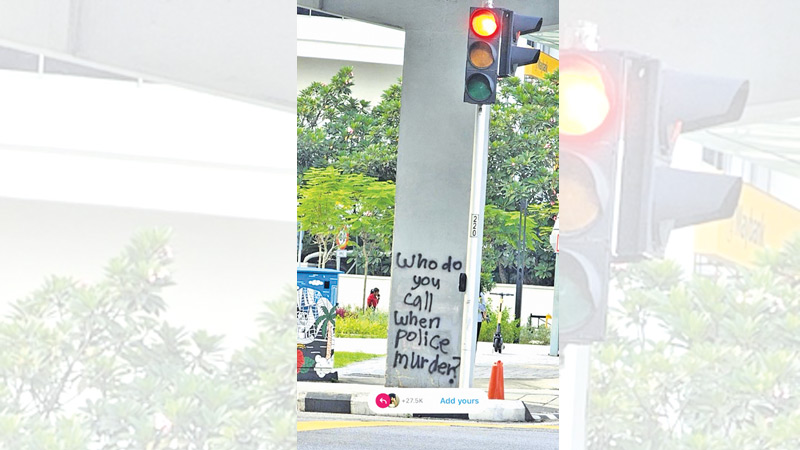In early July, university students in Bangladesh took to the streets to protest the country’s job quota system, which they argue unfairly favours descendants of the 1971 liberation war fighters.
Many students view this system as outdated and unjust. What began as peaceful demonstrations rapidly evolved into violence, with police and ruling party supporters forcibly dispersing crowds.
This unrest led to several fatalities, including an incident in which a man was reportedly shot by police while raising his hands in surrender. Clashes between pro and anti-government factions spread across the country.
By July 18, as violence intensified, the government implemented drastic measures. It shut down internet and mobile networks, deployed the military, and imposed a curfew that extended through the weekend. By Sunday evening, reports indicated that the death toll had exceeded 130, with expectations of further increases.
Reason
The quota system served as the initial catalyst for the protests. Set up in 1971 following Bangladesh’s Independence, the quota system allocated 30 percent of government jobs to liberation war fighters. Over time, this allocation was expanded to include their descendants, persons with disabilities, and ethnic minorities, ultimately reserving 56 percent of government positions. Although a 2018 student-led movement successfully abolished the quota system, a recent high court ruling declared the abolition unconstitutional, leading to its reinstatement.
This judicial decision incited student protests. The initial demonstrations were met with violence from pro-government Awami League (AL) supporters, particularly its student wing, the Bangladesh Chhatra League (BCL).
The situation escalated further when Prime Minister Sheikh Hasina compared the protesters to “razakars,” a term for those who collaborated with Pakistani forces during the 1971 war. Protesters adopted this term, using it to symbolize their resistance and denouncing the prime minister as an autocrat.
The inflammatory rhetoric contributed to violence. The AL’s secretary general threatened a “fitting response” to the protesters, leading to clashes on July 17 that resulted in at least six deaths. A “complete shutdown” attempt by protesters on Thursday faced even harsher repression. By the weekend, the military had been deployed nationwide with orders to shoot on sight.
Problem
While the quota system is a focal point, it is symptomatic of deeper economic and political frustrations. The perceived unfairness of awarding jobs to the descendants of freedom fighters — viewed by many as a reward for AL loyalists — intersects with broader issues such as rising inflation, a challenging job market for graduates, and widespread corruption benefiting government officials.
The absence of recent transparent elections since 2008 has led many to question the legitimacy of the AL government. Students, who have predominantly experienced AL rule, are channeling their frustrations through these protests.
The opposition Bangladesh Nationalist Party (BNP) and its allies have capitalized on this unrest to reinvigorate their anti-government campaigns, transforming a specific issue into a broader challenge to the government’s authority. In recent years, university students in Bangladesh have also faced significant challenges that reflect broader socio-economic issues, including educational disruptions and financial difficulties. These struggles highlight the need for comprehensive systemic reforms.
Future
On the issue of quotas, the government has modified its approach. In response to escalating unrest, it has initiated dialogue with protest leaders and expedited the court hearing on quotas to July 21, moving it up from August.
The court ruled that quotas for descendants of liberation war veterans should not exceed 5 percent, addressing some of the initial concerns raised by students.
The government has also announced the formation of a judicial commission to investigate the deaths of protesters. Nevertheless, protesters have broadened their demands to include the release of jailed demonstrators, trials for police officers implicated in civilian deaths, and the resignation of prominent ministers.
Despite these developments, hardline factions within the protest movement are calling for a more extensive revolt against the government. The media coverage and involvement of the opposition have exacerbated public discontent. Although the protests have partially addressed the quota issue, they also reflect deeper grievances and political unrest.









